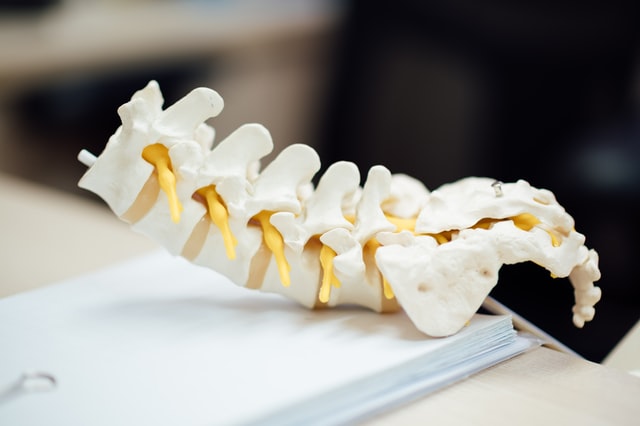Health & Fitness
7 Common Spinal Cord Injuries and How to Avoid Them
Anyone can experience a spinal injury whether in an accident or having the wrong lifting form. It is important to be aware of the different spinal injuries to avoid them or get treatment if you are experiencing symptoms.

7 Common Spinal Cord Injuries and How to Avoid Them
The spinal cord ranks high up among the most delicate and important organs in the body. However, the delicate nature of the spinal cord means that it’s prone to various types of injury. These injuries vary in terms of the side effects on the body. While these injury types are many and vary, this guide looks at the seven most common ones:
1. Anterior Cord Syndrome
It refers to a health syndrome that affects the anterior section of the spinal cord. The result of this syndrome is paralysis which occurs to the body parts underneath the spinal cord lesion. The level of paralysis often varies among different patients because it relates to the level of spine injury.
Additionally, the Anterior Cord Syndrome can also lead to temperature and pain insensitivity issues. The other common symptoms of the syndrome can include back pains, sexual dysfunction, and hypotension.
2. Central Cord Syndrome
Many health experts believe this is the most common form of spinal cord injury. The typical sign of this health issue is motor dysfunction in the limbs. It also compromises brain functions involved in sending signals from the body below the cord lesion.
However, neural signals still transmit, but their strength reduces significantly. The result is decreased touch and pain perceptions due to the compromised neural functions.
3. Brown Sequard Syndrome (BSS)
It refers to a rare neurological health issue, which occurs in a lesion on the spinal cord. The injury leads to paralysis or weakness on various body sections, and it also compromises the perception of touch.
BSS can also occur due to trauma, cancerous tumors, and diseases such as tuberculosis. Due to the decreased motor functions, people with BSS are prone to various secondary health complications. These can include osteoporosis, pressure sores, depression, and various other well-being issues.
4. Tetraplegia
A tetraplegia is also a common form of paralysis that affects the body’s limbs, and medical experts also refer to it as Quadriplegia. The severity of the condition varies, and the person sometimes has to use devices such as assistive machines. A common type would be breathing machines due to compromised thoracic neural responses.
Some patients sometimes lose control of the bowels, sexual functions and can experience compromised breathing. The affected areas of the body are also likely to experience compromised functionality or numbness.
5. Paraplegia
It is a form of spinal cord injury, which compromises the individual’s ability to move lower body sections. People with Paraplegia often suffer from varying levels of motor dysfunction. The term Paraplegia originates from a Greek term that refers to “half stricken.” Usually, the injury occurs as a lesion or damage to the neural system in the spinal cord. Thus, this means the right treatments measure vary, with physiotherapy being the most common option.
6. Triplegia
Refers to a spinal complication that leads to motor dysfunction in three limbs. While the injury mainly occurs on both legs and a single arm, it can still affect different limb combinations. The spinal cord often occurs along with complications such as stroke and brain damage.
7. Cervical Spinal Cord Injury
Refers to a form of injury that occurs to the cervical section of the body, which functions in sending signals to body parts. These include body parts such as the limbs, head, and breathing system. Medical experts also refer to the injury as C1-C8, and it often leads to Quadriplegia.
How to Avoid Spinal Cord Injuries
There are various lifestyle measures you can take to avoid the likelihood of suffering from spinal cord injuries, including:
- Go for a medical checkup when you notice any mobility issues in your body, especially after participating in risky behavior. Your spinal clinic should provide you with helpful information.
- Avoid dangerous stunts or reckless driving that involve high speeds. Recent reports have shown that a leading cause of spinal cord injury is accidents arising from high-impact crashes.
- You should also take safety precautions when engaging in sports activities. The standard precautions involve wearing protective gear and using the correct safety protocols for sports activities.
- Wear a seat belt anytime you are driving. Also, avoid operating an automobile when drunk at all costs. Risk behavior and car accidents are the leading cause of spinal cord injury today.
There are various types of spinal cord injury, and it’s good to learn about their symptoms and ways to avoid them. Spinal cord injuries can be potentially life-threatening, and your ability to identify them early is vital for treatment.

